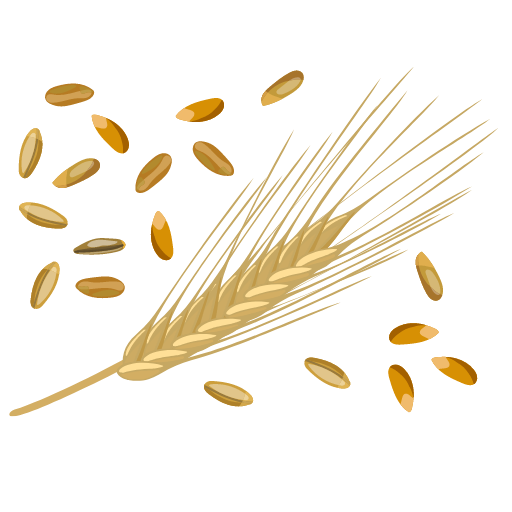Description
Rye came into cultivation later than wheat, barley and oats and was not known to the ancient Egyptians and Greeks. It was the main grain used for bread-making in Northern Europe and Russia for many centuries. This is partly because it grows well in colder, harsher climates and partly because it was preferred by some people.
Scandinavian countries such as Denmark, Norway and Sweden eat a variety of bread and crispbreads made from rye flour, although wheat products are becoming more popular.
Rye contains less gluten than wheat flour, and this makes rye bread significantly denser. Traditional rye breads are made with a sourdough method so have a slightly sour taste when compared to wheat bread. Dark rye flour bread is all whole grain flour. Light rye grain bread is a mixture of whole grain rye flour and refined rye flour. Bread made wholly from rye flour is made in Germany and called pumpernickel
Rye is unique among grains for having a high level of fibre in its endosperm – not just in its bran. As such, the glycemic index (GI) of rye products is generally lower than products made from wheat and most other grains.
Benifits
- High fiber content aids digestion.
- Supports weight management and blood sugar.
- Good source of essential nutrients and minerals.
- May reduce the risk of heart disease.
- Enhances feelings of fullness and satiety.
- Helps regulate cholesterol levels effectively.

